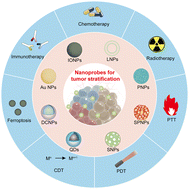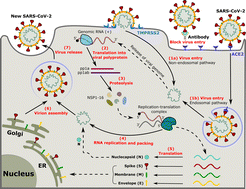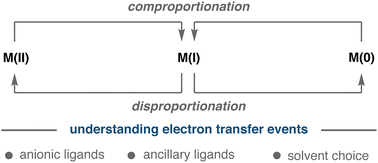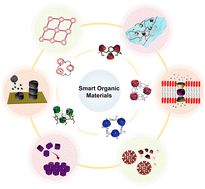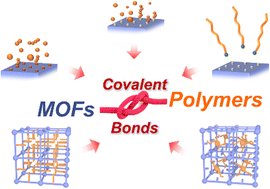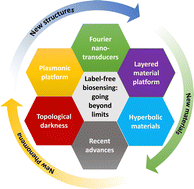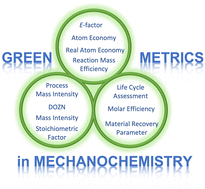Chem. Soc. Rev., 2023, 52,6330-6343
DOI: 10.1039/D3CS00453H, Tutorial Review
DOI: 10.1039/D3CS00453H, Tutorial Review
Juan C. Scaiano
The increasing popularity of applied photochemistry has changed the composition of the practitioners of photochemistry, from traditional specialists, to users whose expertise lies elsewhere, yet they find light as a useful and powerful reagent.
The content of this RSS Feed (c) The Royal Society of Chemistry
The increasing popularity of applied photochemistry has changed the composition of the practitioners of photochemistry, from traditional specialists, to users whose expertise lies elsewhere, yet they find light as a useful and powerful reagent.
The content of this RSS Feed (c) The Royal Society of Chemistry

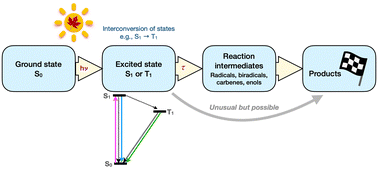

 Open Access
Open Access
